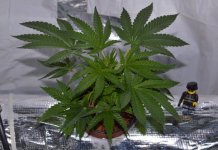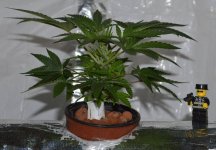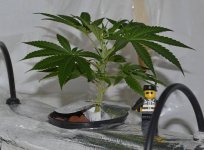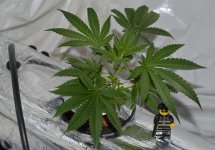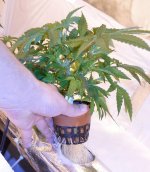I also was unable to breed for this trait but I have had a couple that were whorled on secondary branches.
Really haven't had any of late and sometimes the trait occurs early then just goes away returning to normal structure.
They seem about equal in m/f ratio in fact most seem to be females now that I think about it.
The compactness makes the structure desirable but just a little bit more. Hardly worth seeking but if you get one keep the clone. Bog
Really haven't had any of late and sometimes the trait occurs early then just goes away returning to normal structure.
They seem about equal in m/f ratio in fact most seem to be females now that I think about it.
The compactness makes the structure desirable but just a little bit more. Hardly worth seeking but if you get one keep the clone. Bog


 ) at the top, it starts to spiral and leave space for a third leaf.
) at the top, it starts to spiral and leave space for a third leaf.